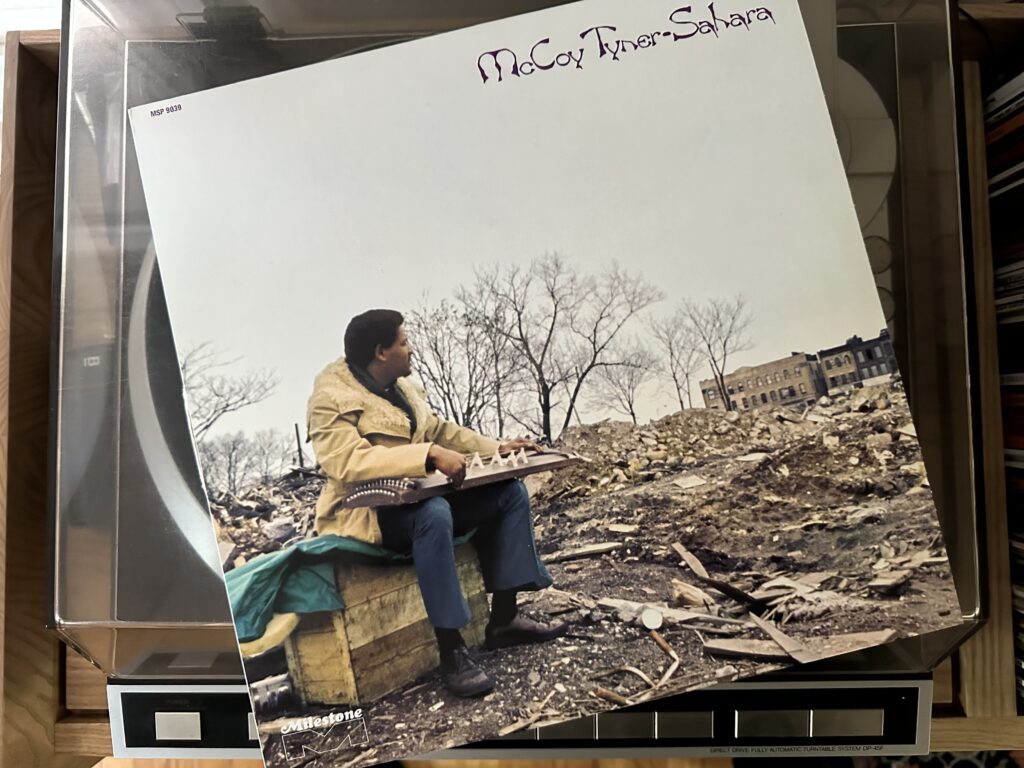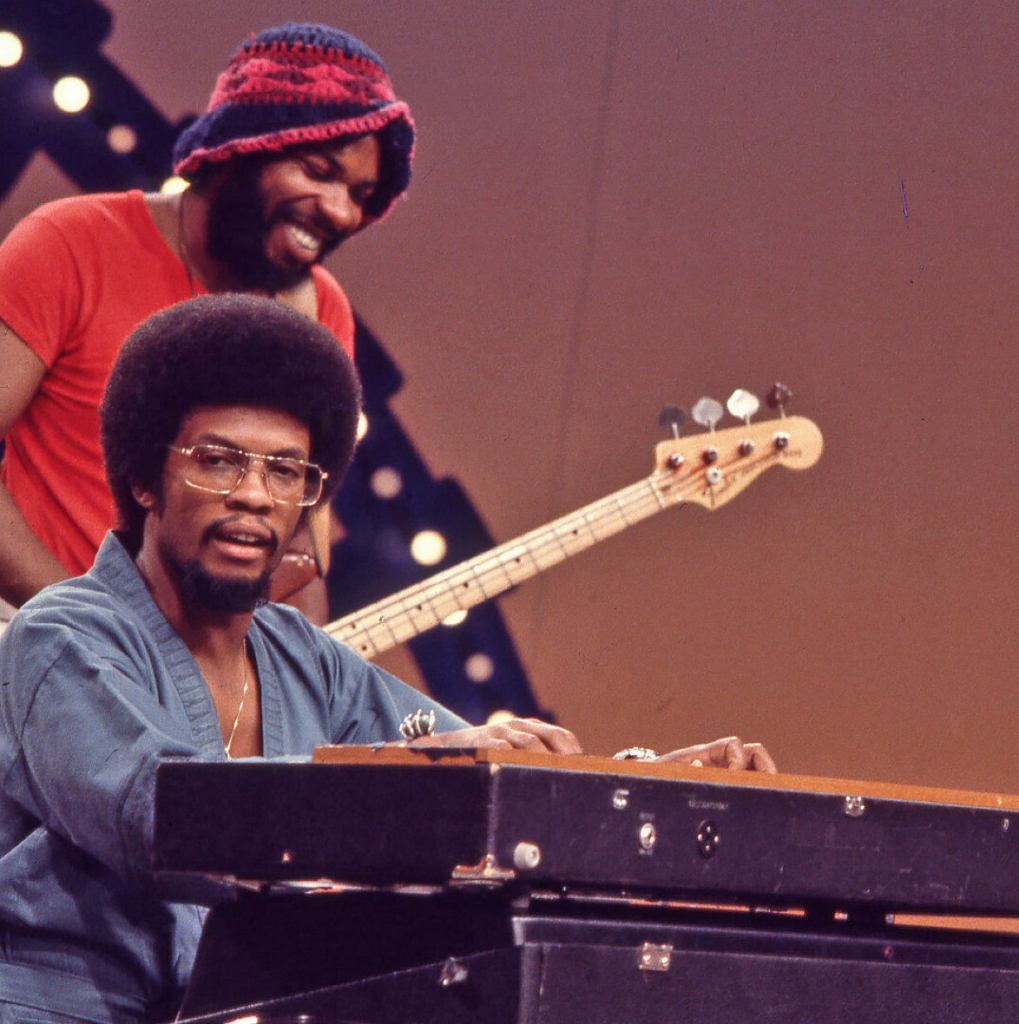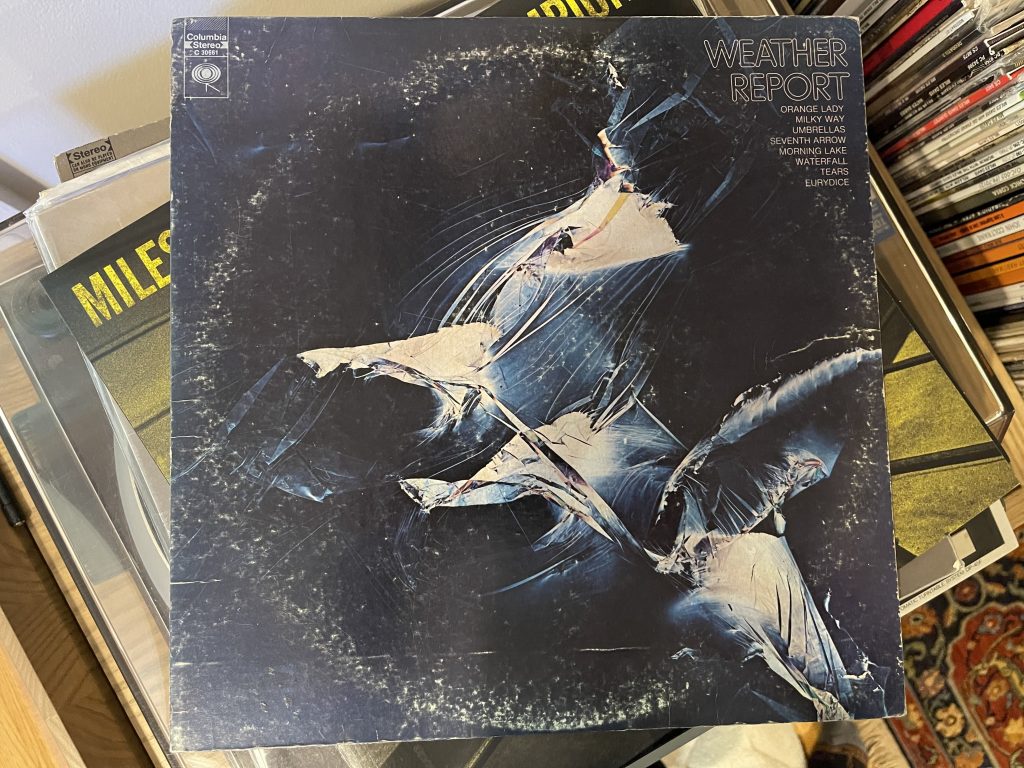
Album of the Week, May 18, 2024
In the early 1970s, several of the stalwart jazz labels we’ve followed for a while, including Impulse! and Blue Note, were in trouble. Jazz records were no longer selling the way they did previously, and the jazz audience was splintering, leaning away from the acoustic jazz we’ve been writing about so far and into various forms of fusion, thanks in no small part to Miles’ In a Silent Way and Bitches Brew. But the artists we’ve followed were still around, and they found their way to smaller, scrappier labels. One of those was Milestone.
Producer Orrin Keepnews, who we met thanks to the great Bill Evans sessions he recorded (including Moon Beams, which featured the anagrammatic dedication “Re: Person I Knew”) started Milestone in 1966, and it was bought by Fantasy Records in 1972, the year it released McCoy Tyner’s first record for the label, Sahara. The label would prove to be fertile ground for Tyner and for other musicians in the early 1970s, including Joe Henderson. Keepnews recorded Tyner and his band, including saxophonist and flautist Sonny Fortune, bassist Calvin Hill, and drummer Alphonse Mouton, in January 1972 in New York City, where they laid down the five tracks on the album in a single session.
(Fortune was at the early stages of his career in January 1972, having first appeared on the jazz scene in New York in 1967 with Elvin Jones’ group, and playing with Mongo Santamaria and Pharoah Sanders collaborator Leon Thomas in the interim. Alphonse Mouton we’ve previously met, on the 1971 debut of Weather Report. And Calvin Hill, who has played with just about everyone, is the sole living member of the quartet.)

“Ebony Queen” starts off where Extensions left off, a strongly rhythmic modal romp that is led off by Tyner. As on so many of the Extensions cuts, the horn plays the opening melody next. Sonny Fortune’s tone is easily distinguished from Wayne Shorter or Joe Henderson on the prior album, particularly when he transitions from the melody into a high wail on his soprano sax following the first chorus. Also notable is the impact that Alphonse Mouton’s drumming makes. While sympathetic with the overall performance, he brings a lot of cymbal splashes and snare rolls that hint at some of his fusion performances. Here it makes for an almost overwhelmingly intense presence in the rhythm section beneath Tyner’s continual melodic improvisation. Unusually for Tyner, the track fades out as the song reaches its end.
“A Prayer for My Family” provides a strong contrast. A solo performance by Tyner, it’s played freely, out of time, and seems to be a meditation. Tyner picks up the pulse of the track at about the two minute mark with a set of strong chords, but this is alternated with chime-like runs which morph into a quiet conclusion. It’s continued almost seamlessly in “Valley of Life,” but the opening instrument is the koto, a Japanese dulcimer-like instrument that is plucked. Sonny Fortune enters on flute over the koto and percussion played by Mouton for a four minute long meditation that is unlike anything that Tyner had recorded to this point: experimental without being free, still anchored in rhythm and chord. At one point Tyner’s strumming of the koto finds a counter melody that is supported by Hill’s bass and cymbal splashes from Mouton, before Fortune re-enters on flute to recapitulate the opening melody. It’s a stunning performance.
The quartet reassumes more familiar instruments and compositional direction on “Rebirth,” seemingly reclaiming a more traditional ground but still bearing the marks of the works that came before. Tyner’s solo features rolling arpeggios in the right hand that echo his koto work on the prior track. Fortune returns to the stratosphere in his solo before ceding to Tyner, who takes the final solo, improvising around the melody as Mouton raises holy hell and Hill plays a bowed tonic note as the track, and side 1 of the album, closes.
Side two is taken entirely by “Sahara,” at 23 minutes the longest single track in his oeuvre, and almost his longest work (only the title suite from his live performance Enlightenment, recorded at the 1973 Montreux Jazz Festival, is longer). The work features percussion, flute and reeds from almost every member of the band in a ninety second opening, before Tyner plays the opening statement of the work on the piano with great crashing chords, ultimately locking into a groove that seems to be in a couple of different time signatures, eventually settling into 6/8, with Tyner playing in two and Fortune’s melody blowing in 3. Fortune, then Tyner take a solo, but the real delight here is Hill’s bass solo, which re-establishes the pulse and sings alongside contributions from the reeds and flutes. The unusual wind accompaniment continues over Mouton’s drum solo, which plays propulsively into the return of Tyner’s piano, which revisits the first theme and the second 6/8 one.
Tyner would continue to record mind-blowing albums for Milestone until 1981. In addition to Enlightenment, his Song for My Lady and Echoes of a Friend are strongly recommended, but there really isn’t a bad one in the bunch. His later recordings could be a little less focused—I don’t really care for his final studio recording, Guitars—but he continued to play and record well into his 70s, always in the modal and post-bop traditions that were audible in his earliest 1960s recordings, solo and with Coltrane.
We’ve almost come to the end of our exploration of Trane’s music and influence. But recordings from the great musician continued to surface in the decades following his death. We’ve heard a few of them already, and next week we’ll close the series with one of the most astonishing of these posthumous recordings.
You can listen to this week’s album here:


